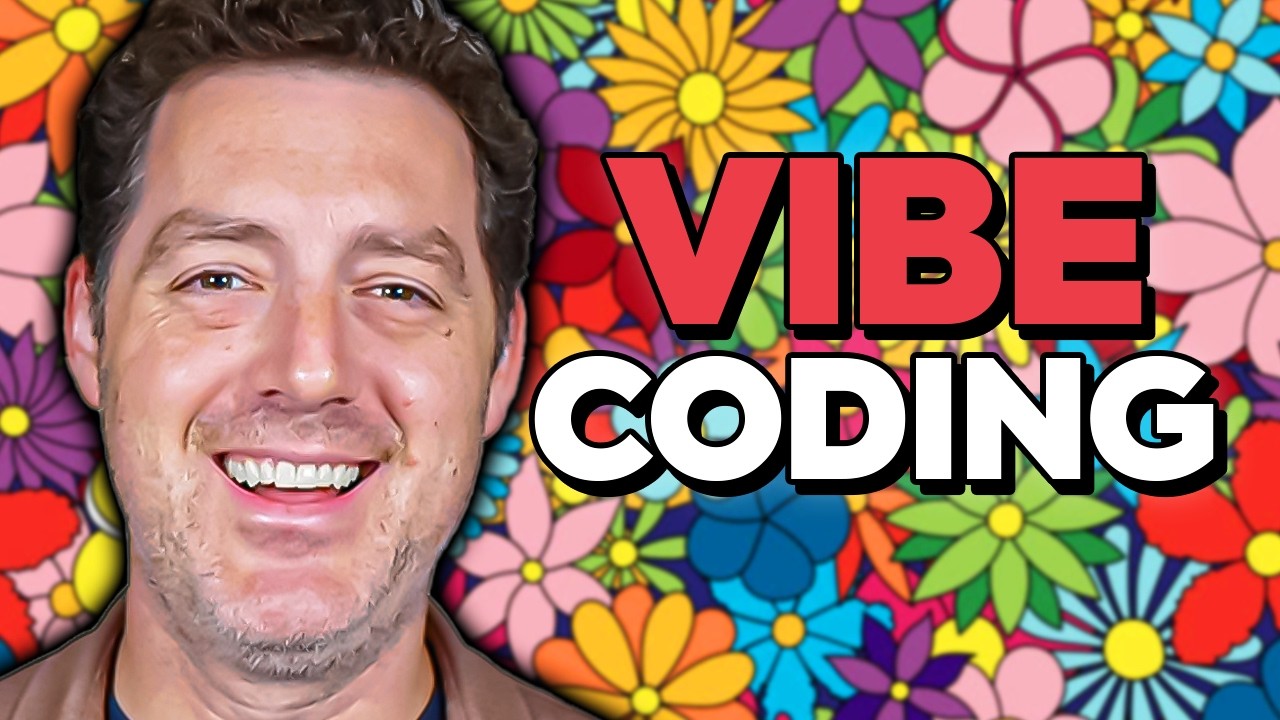The video introduces “Vibe Coding,” a practice where developers use AI tools to generate code without manual input, allowing them to focus on creative aspects of projects. The presenter demonstrates this approach by creating a login authentication page and a Tetris game, successfully integrating features and troubleshooting with AI assistance, ultimately showcasing the potential of AI to make coding more accessible.
The video introduces the concept of “Vibe Coding,” a new coding practice where developers rely entirely on AI to write code for them, without manually typing any lines themselves. The presenter references Andre Karpathy, a prominent figure in artificial intelligence, who has expressed enthusiasm for this approach. The idea is to embrace the capabilities of advanced AI tools, such as large language models (LLMs) and coding assistants, allowing users to focus on the creative aspects of project development rather than the technical details of coding.
The presenter demonstrates Vibe Coding by embarking on two projects: creating a simple login authentication page and building a more complex game, Tetris. Using tools like Wind Surf and Super Whisper, the presenter initiates the coding process by simply asking the AI to generate the necessary code. Throughout the demonstration, the presenter emphasizes a hands-off approach, often accepting AI-generated code without reviewing it, and addressing errors by copy-pasting error messages back into the AI for resolution.
As the video progresses, the presenter successfully creates the login page and adds features like Google authentication, all while maintaining a minimal level of engagement with the underlying code. The process showcases the ease of using AI tools to manage coding tasks, even when encountering issues. The presenter highlights the convenience of Wind Surf, which allows for project-wide changes rather than focusing on individual files, further streamlining the coding experience.
The focus then shifts to the Tetris game project, where the presenter instructs the AI to build the game and implement additional features, such as a preview window for the next piece and pause/end game buttons. Despite some hiccups, the AI manages to generate the code, and the presenter continues to accept changes without delving deeply into the code itself. The ease of adding features and troubleshooting with AI assistance illustrates the potential of Vibe Coding for rapid development.
Finally, the presenter explores integrating machine learning into the Tetris game, allowing an AI to learn how to play. By leveraging libraries like Stable Baselines 3, the AI is trained to play the game autonomously. The video concludes with the presenter reflecting on the effectiveness of Vibe Coding, noting that they were able to create a functioning game and train an AI without writing any code themselves. This approach highlights the transformative potential of AI in software development, making coding more accessible to those with little to no programming experience.
